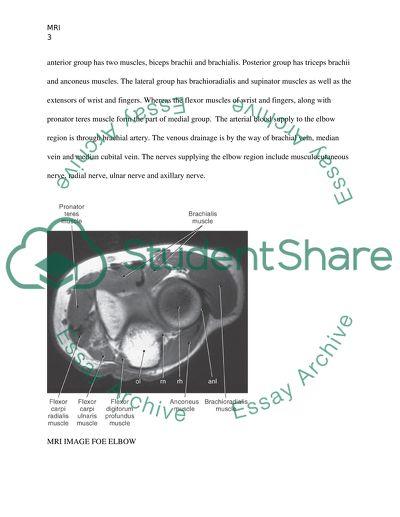Cite this document
(“MRI Essay Example | Topics and Well Written Essays - 1500 words”, n.d.)
Retrieved from https://studentshare.org/environmental-studies/1413012-mri
Retrieved from https://studentshare.org/environmental-studies/1413012-mri
(MRI Essay Example | Topics and Well Written Essays - 1500 Words)
https://studentshare.org/environmental-studies/1413012-mri.
https://studentshare.org/environmental-studies/1413012-mri.
“MRI Essay Example | Topics and Well Written Essays - 1500 Words”, n.d. https://studentshare.org/environmental-studies/1413012-mri.


